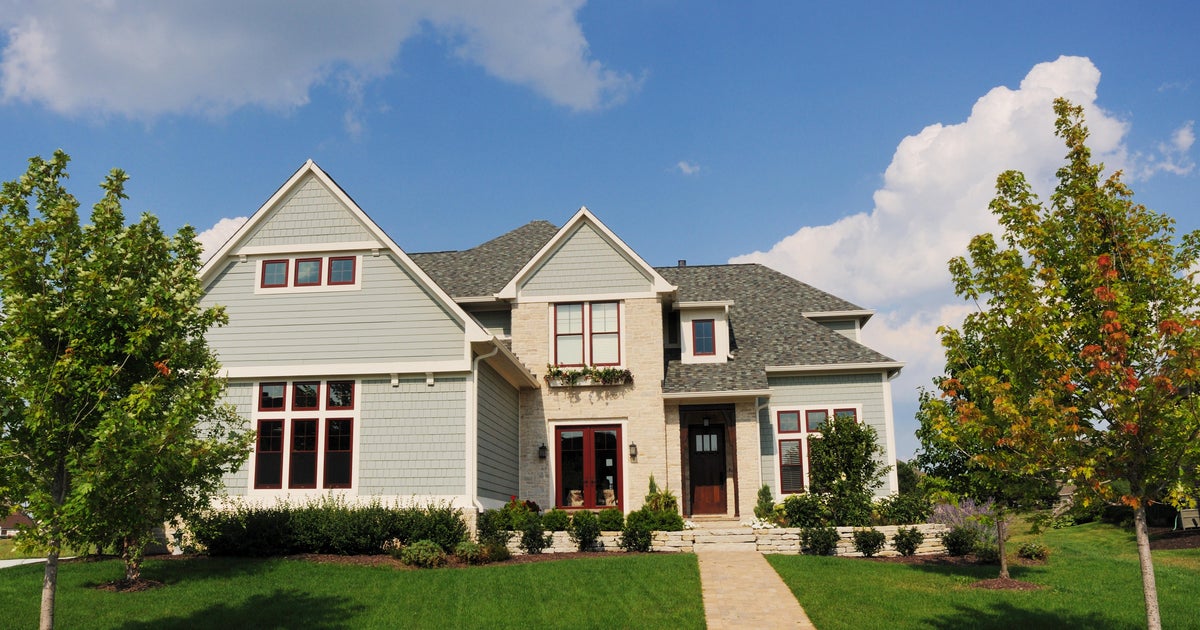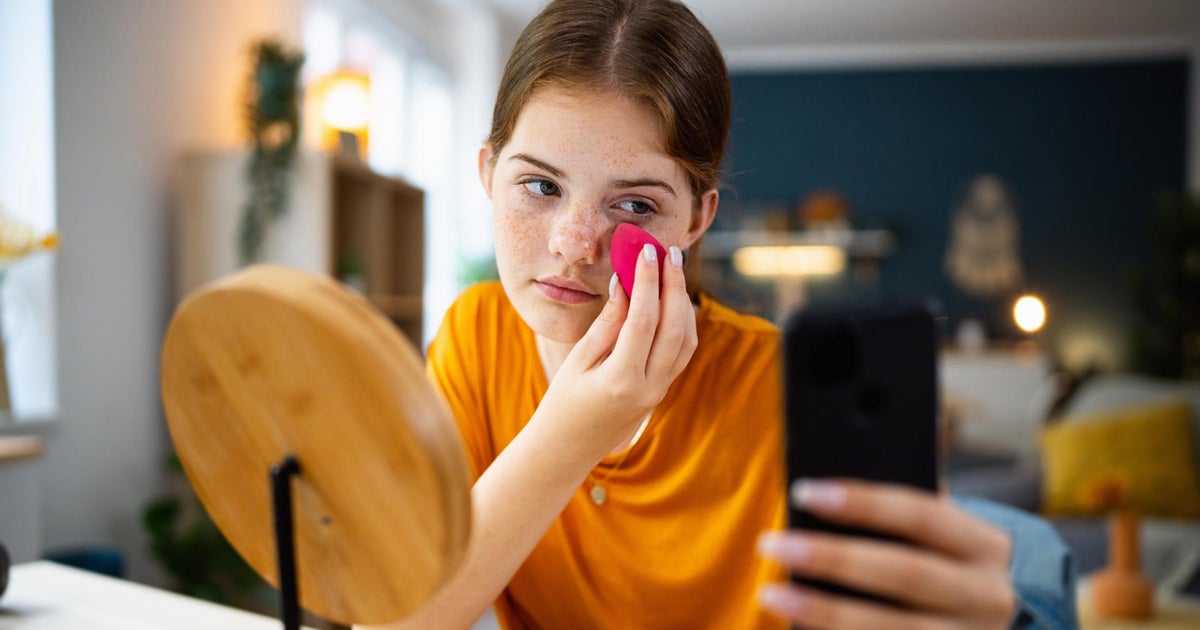Former CDC chief Tom Frieden warns of "many waves" of COVID-19 if economy reopens too soon
CBS MoneyWatch spoke with Dr. Tom Frieden, who was director of the U.S. Centers for Disease Control and Prevention from 2009-2017, about the challenge of reopening the American economy even as COVID-19 deaths continue to climb and before any effective treatments are available to combat the disease. This interview has been edited for clarity and length.
As we look for sensible ways to jump-start the battered U.S. economy, which industries should reopen first, and which would you reopen last?
Dr. Tom Frieden: Things that can open first include lower-risk physical businesses like restaurants doing takeout and outdoor recreation. Day care, as well, is enormously important economically, and may be able to reopen relatively soon in this process as long as you keep vulnerable staff and children out and make it clear that children and staff participating could potentially be exposed.
The places that are hardest are places where lots of people are indoors and there is limited space, or where there is lots of travel. Bars, the tourism industry, conventions, conferences, some cultural events, some indoor sporting events are going to be really tough. There may be a way for sporting events with few or no in-person spectators and cultural events with masks on the audience, hand sanitizer and potentially other safety and sanitary features to get back to a newer reality, but it isn't going to be easy.
We have to be careful about things that can backfire if we end up coming out too soon and that result in the substantial spread of the virus. That will be counterproductive to the reopening of the economy.
How will workplaces need to adapt? What will the office of the future look like, for instance?
I do think that, until we have either a vaccine or a highly effective treatment, the workplace will be different. We are going to have to reimagine the workplace and its design for the new reality. That will mean less travel, more telework and fewer meetings. When we do go back to our offices, there will be mandatory hand sanitizer as we enter, no common snack rooms. We'll be physically distancing, even at work, for the foreseeable future.
We will be physically distancing in meetings, and we will avoid communal gatherings. We'll be ensuring people don't come to work sick. De-densifying will be a big part of it — also splitting schedules, days, hours and travel, which defeats the purpose of having people together in one space. But it's a way of starting that limits the risk.
Do you expect many of these changes to be permanent, or only temporary until the virus is under control?
I predict we will see permanent work-from-home options. A lot of people will realize they don't need to rent expensive office space when people can work from home with a similar level of efficiency. I do think more telework and less travel are here to stay for a while. I also think we are inevitably going to see more travel restrictions, and potentially 14-day quarantines when you go to a new country. It's very old-fashioned — it goes back half a millennium or more. But if your country or state or province has gone through a tremendous effort to control the virus, you won't want to allow the unlimited travel of people who may unwittingly spread the virus in your country.
We are also going to have to better accommodate people who are vulnerable to the disease — the elderly and people with underlying health conditions. People who are particularly vulnerable will stay out longer if they can telework. If they can't, they'll need some form of disability so we can get back to work sooner without risking the health of the most vulnerable, and so they don't pay the economic price for that.
You are currently president and CEO of Resolve to Save Lives, a global non-profit that works to prevent death from cardiovascular disease and to stop epidemics. What kinds of changes will you make within your own workplace?
[We redid] our workplace a year ago at Resolve To Save Lives, which is housed within Vital Strategies, and it's largely open plan. There are partitions between desks, but there are lots of small meeting rooms. That's a problem as we put plans in place to reopen. We'll have to convert meeting rooms to individual offices or seal them off, because you can't have small meeting rooms where you are sitting one foot away from each other and have multiple people using the same room throughout the course of day — that's not safe. We have two conference rooms that are large enough for a small meeting with people sitting far apart from one another. We'll have to change the other conference rooms to offices.
What are the risks — to public health in the U.S. and to the economy — of reopening too quickly?
We are all anxious to get back out into the new normal, and there are some activities we can do with little-to-no risk. Outdoor activities, for example, are far less risky than indoor activities. But the risk is that if we reopen too soon, we will rekindle infections. It won't be a question of a second wave, but many waves. No one knows how the virus will behave in warm weather. There may be less risk or there may not be. But still, the vast majority of Americans are vulnerable to this virus.
We do have to balance our economy and public health measures, and what we found from around the country and around the world is that the places that implemented public health measures the best also protect their economy the best.
There is a misconception that the major economic harm is from the government orders to stay at home. That's actually not necessarily the case. People are understandably afraid that if they go out to the store, they could get an infection that kills them or a vulnerable parent. Even where physical distancing recommendations are reduced, there is a delay in people going back out. The bigger issue is that we have to come to terms with the fact that this is a bad pandemic and it's just the beginning of a long fight against it.
Many small businesses have been seriously hurt by the shutdown and are understandably eager to reopen their doors. What's your message to them?
If your customers die from an infection they get in your shop, it's not good for your business. So it's in everyone's interest to make a business as safe as possible.
This is not about public health versus the economy. In order to make the economy healthier, we need to control the virus. It's also in the interest of business people to have a strong public health system, so people who may be brewing infection are warned and quarantined and don't come into your shop, and people who are infected are identified and isolated so they don't spread it. The more we box the virus in, the more space there is for us in society.
How important a role will contact tracing play in reopening the economy?
Contact tracing will be very important. We have this blunt tool, which is sheltering in place, and that really drives down the spread of the virus. Then we have more precise but not as strong tools. One toolset is the way we design [workplaces] for the age of COVID, which includes no-touch doors, no-touch elevators and no-touch hand sanitizer. We have partitions and other design solutions to make a safer world.
Another set of inventions are precise tools that are the "Box It In" tools. They are to test, isolate, contact trace and quarantine — those are the four corners of our box. If any corner of that box is weak, the virus can get out and spread, but if you are in a workplace and there is a case [of COVID-19] you have to follow the exposure protocols.
How many contact tracers will we need?
If the ratio of contact tracers needed in the U.S. is the same as the number they used in Wuhan, China, it would be about 300,000 people. The exact number depends on the number of cases and the efficiency of the process — how readily people cooperate with the process.
I also think it's important to emphasize that contact tracing is not a simple job. There is a misconception that anyone can do it. It's a hard job that requires people skills, medical knowledge, resourcefulness, the ability to reach people and establish, build and maintain trust. You should also be tech-savvy to reach people and identify their contacts. It will be a major facilitator of economic recovery from the pandemic perspective.
Do you agree with the plan President Trump has set out for gradually reopening the economy, or are we being too hasty?
I think the guidelines outlined by the White House were sensible. They outlined things that are important to track in order to know we are not likely to have an explosion of cases when we reopen.
On the other hand, people are very impatient to go out, and there hasn't been a consistent and clear explanation to the public of what the reasons are for having to stay apart or having to continue to refrain from certain activities. I think that reflects messaging that hasn't been consistent and science-based. If people are impatient to go out, you hope at least when they go out, they will do so as safely as possible.



